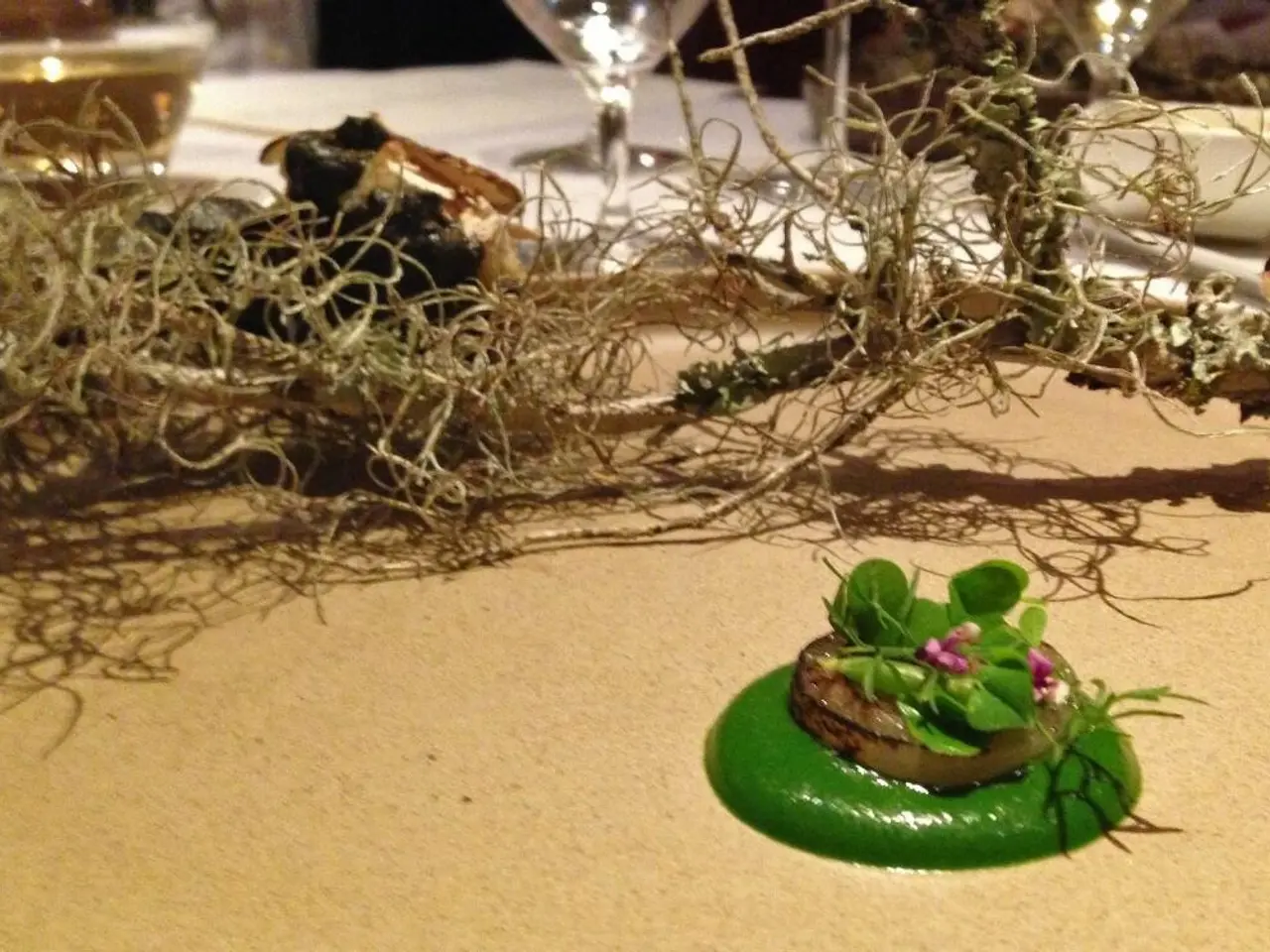Crimson tints signal the discovery of a precious gemstone: Amethyst
Amethyst, the striking purple gemstone, has captivated humans for centuries with its beauty and symbolic associations. This enchanting gemstone, a variety of quartz, is attributed to the presence of iron and other trace elements, which give it its unique colour.
Throughout history, amethyst has held significant importance across various regions and periods. In ancient Egypt, it was used as a decorative gemstone, often carved with intricate designs, signifying its value and artistic use. Among the ancient Greeks, amethyst symbolized purity and mental clarity and was believed to prevent intoxication, deriving its name from the Greek 'amethystos', meaning 'not drunk'. Across ancient civilizations such as Egypt, Mesopotamia, Greece, and Rome, natural stones including amethyst were used not only in jewelry and ornaments but also in religious and mystical rituals, emphasizing their spiritual importance.
During the Middle Ages, amethyst became a symbol of royalty and was used to adorn English royal items. European soldiers wore amethyst amulets, believing they provided protection in battle and could promote healing and calmness. Anglican bishops traditionally wore rings set with amethyst, underlining its religious symbolism.
In ancient China, amethyst was used in Feng Shui to remove bad energy and was thought to bring wealth. The stone has also been associated with spiritual healing and protection in various cultures, often used in amulets and talismans believed to ward off evil and provide therapeutic benefits.
Amethyst remains popular in jewelry and spiritual practices today and continues to be valued for its beauty and its symbolic associations with calmness, sobriety, and protection. Synthetic amethyst can be grown in laboratories, replicating natural amethyst’s properties, and treatments such as gamma rays or electron beams can alter quartz to mimic amethyst’s characteristic purple colour.
Amethyst is the birthstone for February and is closely associated with the zodiac signs of Aquarius and Pisces. It is said to have healing properties, enhancing the immune system, improving endocrine function, and promoting peace of mind. However, common misconceptions about amethyst include its supposed ability to prevent drunkenness, its association with royalty, its spiritual healing properties, and its physical healing capabilities.
To maintain the luster and beauty of amethyst jewelry, it is recommended to avoid direct sunlight, harsh chemicals, and clean with mild soap and warm water. When evaluating amethyst, consider factors such as colour, clarity, cut, carat weight, hardness, luster, refractive index, pleochroism, inclusions, treatments, and origin.
The allure of amethyst transcends time and borders, with historical significance in ancient Egypt, Greece, medieval Europe, and royal crowns. Today, it serves as a focal point in various art and interior decor pieces, including sculptures and chandeliers. The amethyst market offers a wealth of treasures for both individual collectors and B2B buyers.
In conclusion, amethyst's historical uses include carved ornamental gems, royal decorations, protective amulets, and spiritual talismans. Its cultural significances span symbolism of sobriety and mental clarity in ancient Greece, royal status in medieval Europe, protective and healing properties in various cultures, and its role in Feng Shui. This rich history has cemented amethyst as a gemstone deeply interwoven with human culture and belief systems throughout time and across continents.
- In the realm of ethical sourcing, it's essential to ensure that the amethyst used in jewelry and decorative items is traceable to guarantee it's been obtained responsibly and sustainably, maintaining its intrinsic value through history.
- Advancements in science have allowed for the creation of synthetic amethyst, replicating its properties accurately, which opens up possibilities in the fashion-and-beauty and home-and-garden industries, where the demand for this gemstone is high.
- With the increasing popularity of gadgets and technology, amethyst could find a niche market as a unique, attractive, and symbolically meaningful material for accessories or home insurance.
- As both a timeless gemstone and a symbol of sobriety and mental clarity, amethyst serves as an ideal inspiration for novelists, providing a rich backdrop for their books on historical fiction, entertainment, and personal growth.
- In the lifestyle realm, it would be intriguing to explore the intersection of amethyst and wellness, developing technology-based devices that harness the supposed healing prowess of this gemstone for relaxation and stress management, keeping the ancient traditions alive in today's fast-paced world.




